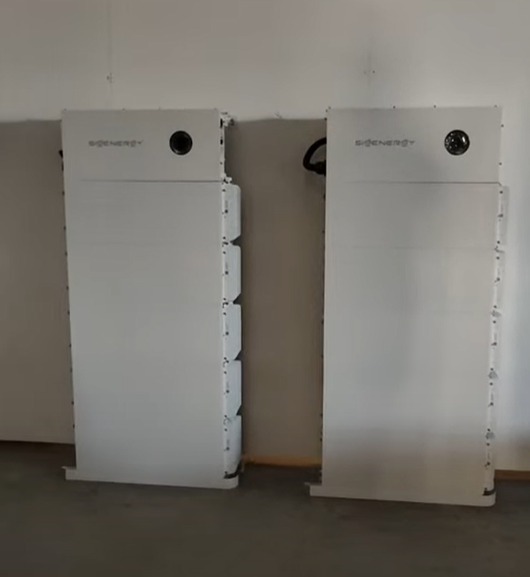Solar Batteries: Everything You Need To Know (Cost, Payback, Brands)
- JVC Energy Team

- Aug 10
- 3 min read

This comprehensive guide covers the essentials of solar batteries in Australia — from pricing and payback to the best brands on the market. You’ll learn how batteries work, how they can improve your home electrification strategy, and the key considerations when choosing the right system for your property.
How Much Does a Solar Battery Cost?
As of mid-2025, a quality 10kWh solar battery typically starts from around $7,000 before installation. These prices reflect the inclusion of the federal battery rebate — currently reducing installation costs by approximately $330 per usable kWh across Australia.
Some states, like Western Australia, offer additional rebates on top of the federal scheme, further reducing the overall cost.
Your final battery price will depend on:
Usable Capacity (kWh) – Larger capacities cost more but provide greater energy independence.
Brand Reputation – Premium brands generally command higher prices.
Installation Costs
Professional installation is essential under Australian regulations. A straightforward battery installation usually adds around $2,000 to the total, while more complex projects involving long cabling runs, bollards, or fireproof backing may exceed $3,000.
Example Installed Battery Prices (Post-Federal Rebate)
Category | Brand | Model | Capacity (kWh) | Installed Cost |
Budget | AlphaESS | Smile5 | 13.3 | $6,600 |
Mid-Range | Sungrow | SBR | 12.8 | $7,000 |
High-End | Tesla | Powerwall2 | 13.5 | $10,950 |
How Much Can a Solar Battery Save You?
Savings vary significantly based on system size, electricity usage, tariff type, and installation quality. In general:
Flat Rate Tariff – Payback periods often exceed 10 years unless combined with rebates or Virtual Power Plant (VPP) participation.
Time-of-Use Tariff – Can shorten payback to 6–7 years by avoiding peak electricity charges.

Solar Edge Trade Up Program
Other Benefits
Blackout Protection – Many batteries offer seamless backup during outages.
Environmental Impact – Reduces reliance on fossil-fuel-generated grid power.
Energy Independence – Greater control over when and how you use your power.
Battery Rebates and Incentives
Federal Rebate – Around $330 per usable kWh.
NSW VPP Incentive – Up to $1,500 for eligible systems connected to a VPP.
WA Residential Battery Scheme – Rebates up to $3,800 and interest-free loans.
Some VPP operators offer additional upfront discounts in exchange for battery access during high-demand periods.
Choosing the Right Battery
When selecting a battery, consider:
Capacity vs Usage – Match storage size to your overnight and peak demands.
Chemistry – Lithium-ion types such as LFP or NMC dominate the Australian market due to performance and efficiency.
Warranty – Check coverage for both years and retained capacity at the end of the warranty period.
Installation & Placement
Australian Standard AS5139 regulates battery placement. Restrictions include:
No installation within 600mm of a window.
No installation under habitable rooms or on shared walls without protection.
Always use an accredited installer familiar with NSW and Sydney-specific grid connection rules.

Off-Grid vs Grid-Connected
While going completely off grid is possible, it’s costly and requires larger systems, backup generators, and careful energy management. For most Sydney households, a grid-connected system with battery storage offers the best balance between cost, reliability, and sustainability.
Conclusion
Solar batteries are no longer just a premium add-on — with current rebates and shorter payback periods, they’re becoming a financially and environmentally sound choice for many NSW homes. Whether you’re aiming for blackout protection, lower bills, or full home electrification, JVC Energy can design and install a system tailored to your needs.
📞 Contact JVC Energy at 0413 884 017 or visit www.jvcenergy.com.au to discuss the best battery options for your home.




Comments